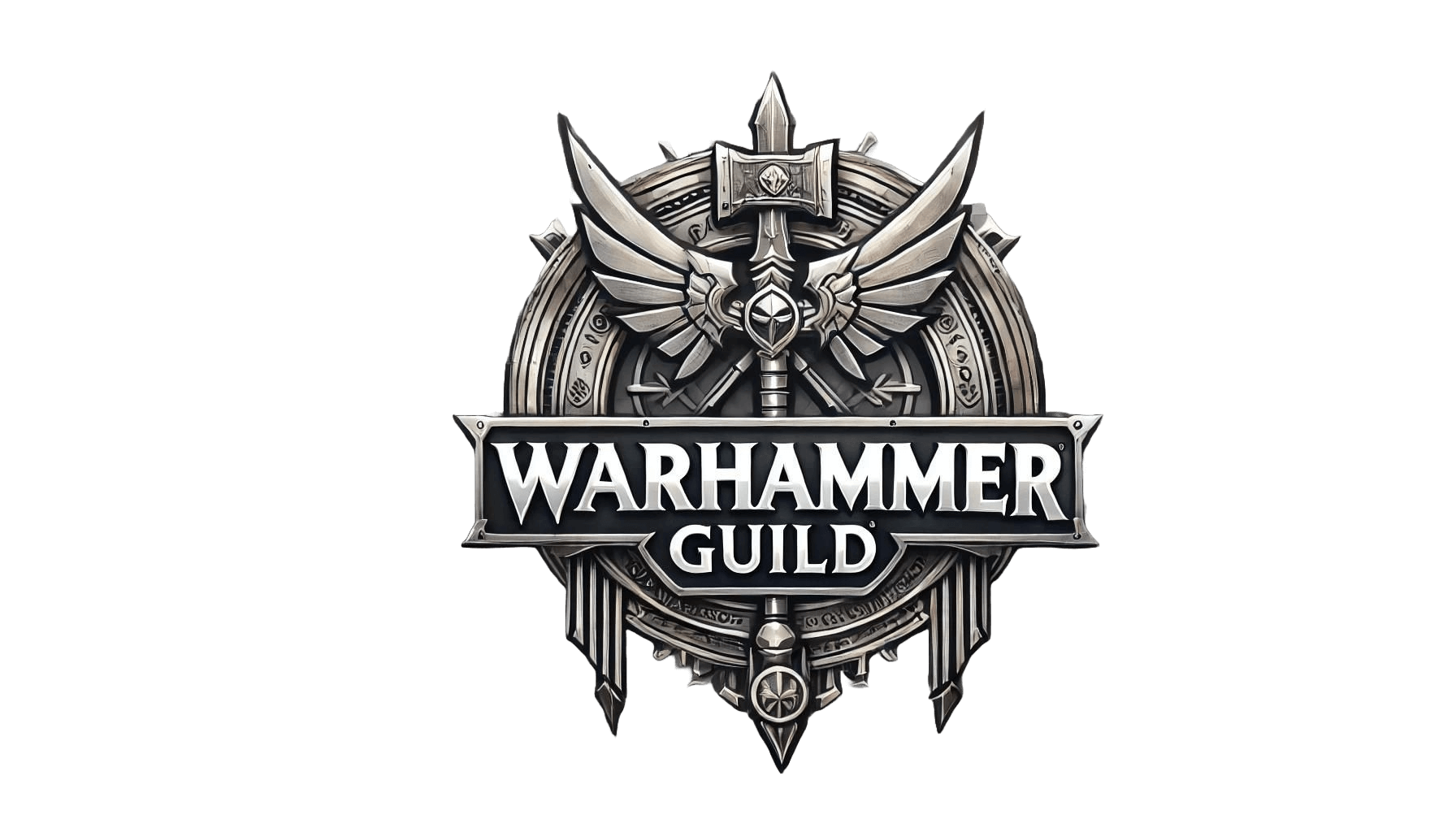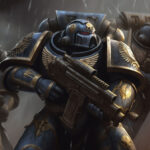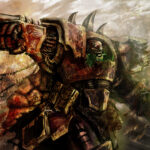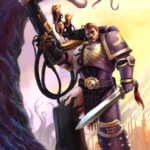We are the Disciples of Tzeentch, the ever-changing and cunning servants of the Changer of Ways. Born from the swirling chaos of magic and intrigue, we thrive on manipulation and ambition.
Every spell we cast and every scheme we weave brings us closer to Tzeentch’s grand design. With our flickering flames of sorcery and shifting forms, we embrace the art of deception, using our wits to outsmart foes and allies alike.
Knowledge is power, and we seek it relentlessly, for in understanding the fabric of reality, we can reshape it to our will.
Who Are the Disciples of Tzeench?
Followers of this army are devoted to one of the major chaos god’s Tzeentch. Tzeentch is focused on manipulation of his armies and others, and is often polarised to the blood god Khorne. No one is quite clear on Tzeentch end goals, only that win or lose, it was all destined and designed the ‘Master of Fortune’, the ‘Great Conspirator’, the ‘Architect of Fate’ and ‘Changer of Ways’.
There are two types of factions within this army – Daemons and Arcanites. Daemons are magic itself and bend chaos to their will in order to use this magic in the form of spells and wyrdflame. Arcanites are the mortal followers of Tzeentch who use magic to shape their own bodies.
The Disciples of Tzeentch are one of the more subtle and advanced armies to play in the Age of Sigmar setup, but if you’re a fan of dice rolling and magic, then this might just be the army for you.
What Are Disciples of Tzeench Army Strengths?
The Disciples of Tzeentch have a pretty high ceiling when it comes to skill level. Some players may be frustrated at first, but if you stick with them long enough and learn how to wield them, then this army can control and frustrate players.
Magic is key for this army and probably the best magic army within the whole game. The ability for ranged spells with some pretty decent melee can be a potent combination. The spells and tricks this army has to over can help you bamboozle opponents and also to get out of tight spots swiftly.
Aside from magic, they aren’t particularly hot on anything compared to opponents (and little-to-no armor), so utilizing spells, buffs and any other abilities is going to be key.
Mastering this army type takes time and depending on the player, it can be a slower gameplay, but if you put the time in, it can really be an interesting combat force.
Where Should Beginners Start?
If you’re starting your collection of Disciples of Tzeentch as a beginner, consider these key models:
- Lord of Change: A badass Greater Daemon that provides a strong backbone to an army; this powerful spellcaster can help turn the tide in a battle (and happily cause confusion and chaos).
- Tzaangor Enlightened: A fast-moving unit that should be underestimated at your opponents peril. They can deal a surprising amount of damage and so should form a good portion of your army.
- Pink Horrors: These units are brilliant for frustrating your opposing army. Their ability to split multiple times and generate additional units means you can tie up opponents. Their ability to throw out a mortal wound on death is pretty handy too.
- Screamers of Tzeentch – Great objective grabbers, these speedy fliers will sow death from the skies. Their speed and ability to give damage to units they fly over is very useful. However, they are pretty much made from paper, so don’t expect them to last long under fire.
- Curseling – This two-level wizard is a decent option for an attack. The ability to stop opposing wizards with ‘Disruptor of the Arcane’ is especially good.
How To Paint Disciples of Tzeench
A colourful army, Disciples of Tzeetch are fun to paint. We’ll give some basic starter color schemes to get you painting your units:
Color Scheme Ideas
- Bright Flames: You’ll first want a base coat of bright blue or purple. This will be for the skin of your Tzeentch minitures. We’d recommend then highlighting with lighter shades, which will create the kind of magical glow we’re looking for. Robes and armor can be painted in vibrant (who said hippie?!) colors like turquoise and magenta. Add some sort of flame-like patterns to them too to great a nice visual. You can finish with some final touches with colors like gold or silver on weapons and armor.
- Mystical Colors: One cool technique that works well with this army is doing a gradient. This really suits these magic-based units. Start with a colour such as a deep navy blue at the bottom of the model, as you work your way up transition through the colors towards a bright green or pink at the top. You can then highlight edges with lighter shades. Don’t forget to add a brighter colour for runes or glowing eyes too.
- Foreboding Fury: Want a more evil look? To get this, use a base coat of dark gray or black. Then a wash of dark blue or purple. This will give a bit of depth to the look. We’d probably paint the robes in more muted tones, maybe a dark green or a deep red? You can then add glowing symbols or sigils in brighter colors such as yellow or orange.
Painting Techniques
Getting the painting techniques right is a challenge and we always suggest just trying to have fun with it as you learn your craft. But here the best ones to practise for beginners are:
- Base Coating: Decide what the primary color you want your miniture to be. You use some kind of strong blue, purples, or green for this, which would work well with the magical element of this army.
- Drybrushing: Using this technique is pretty essential really for this army. They do have fairly intricate detailing so adding this on things like robes or other elements can create that visual depth you’ll want. You can use a lighter shade of the base coat on raised areas such as the edge of the robe or detailing on the weapons. Doing this will definitely make your miniature look like the magic-wielding fanatics they are.
- Washes: To create nice shadowing or bring out other details, use a dark wash – maybe something like Nuln Oil or a colored wash (e.g. blue or purple). This will work well for the robes and bringing out the skin’s contours.
- Edge Highlighting: Apply a light color along edges of areas like armor or robes to get a good contrast against the darker colors.



